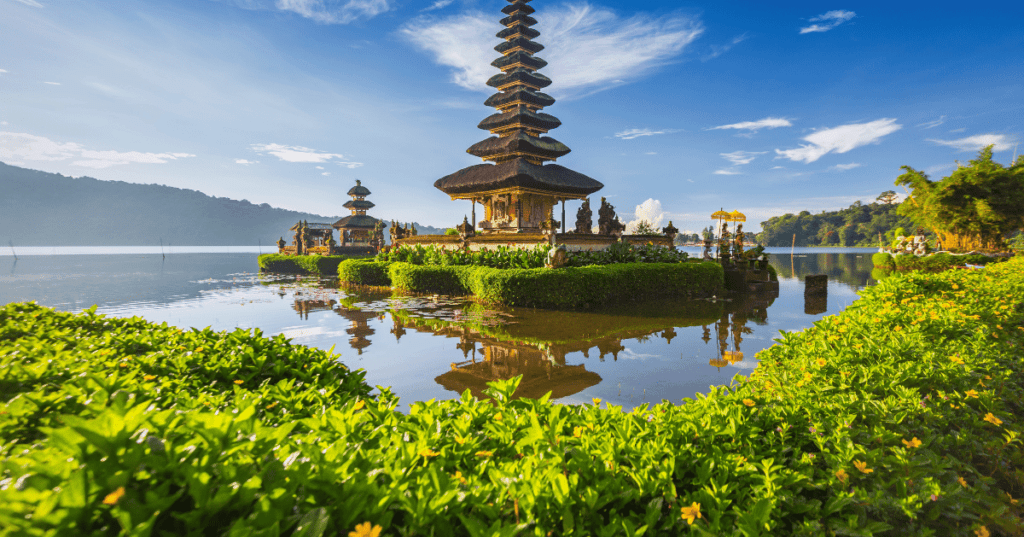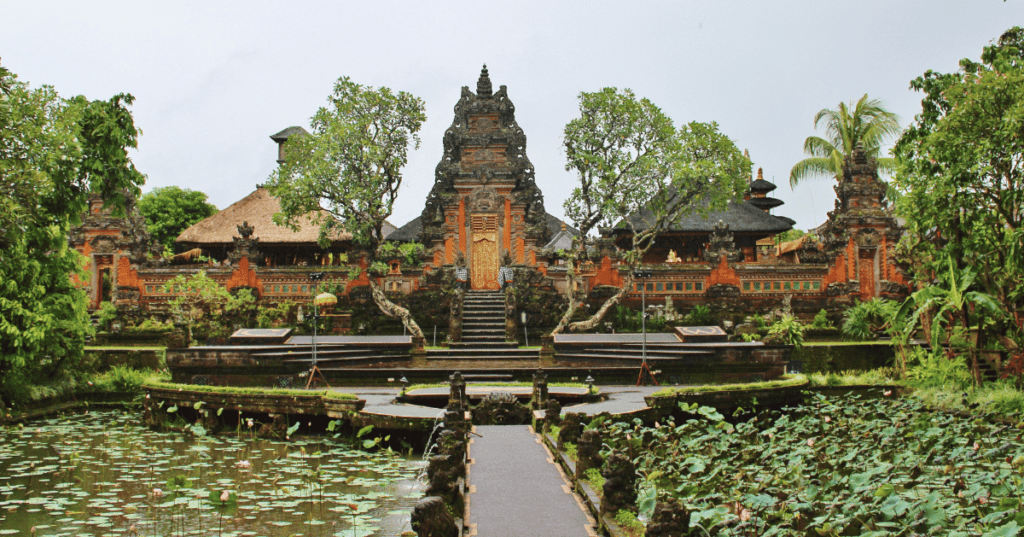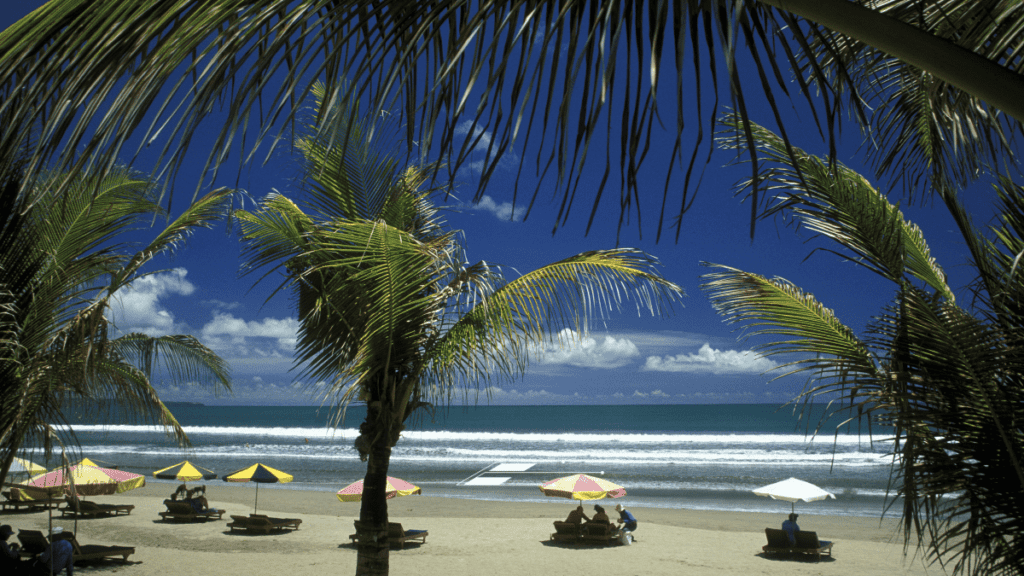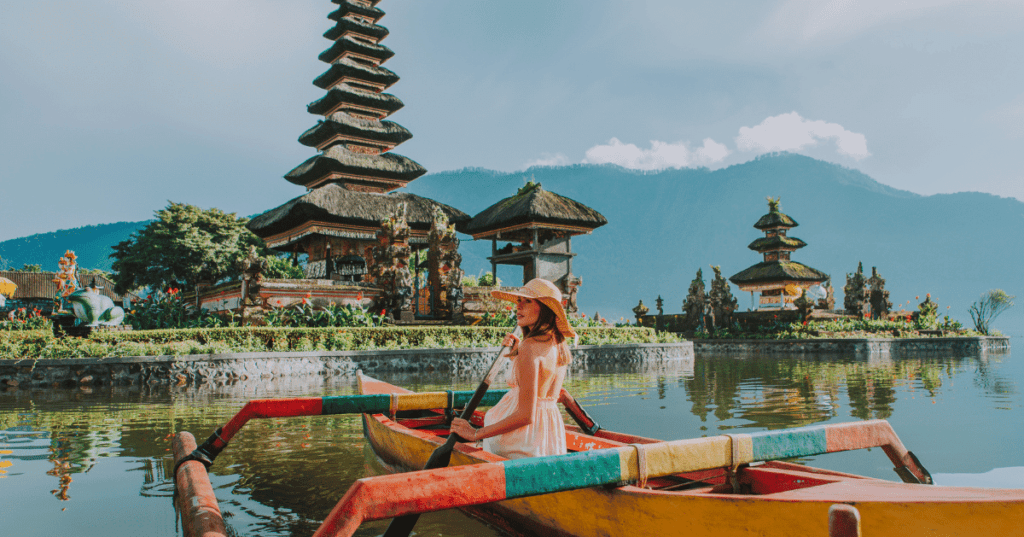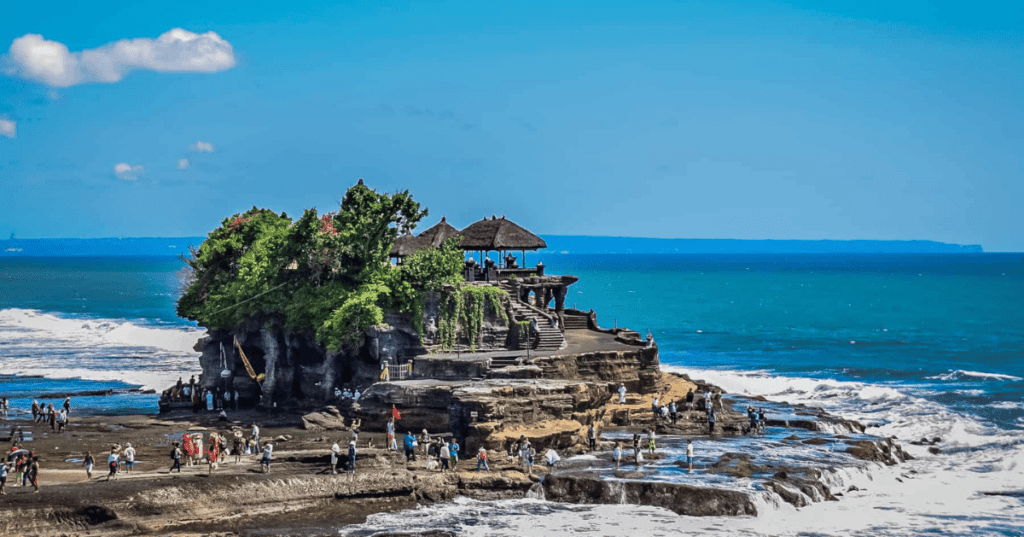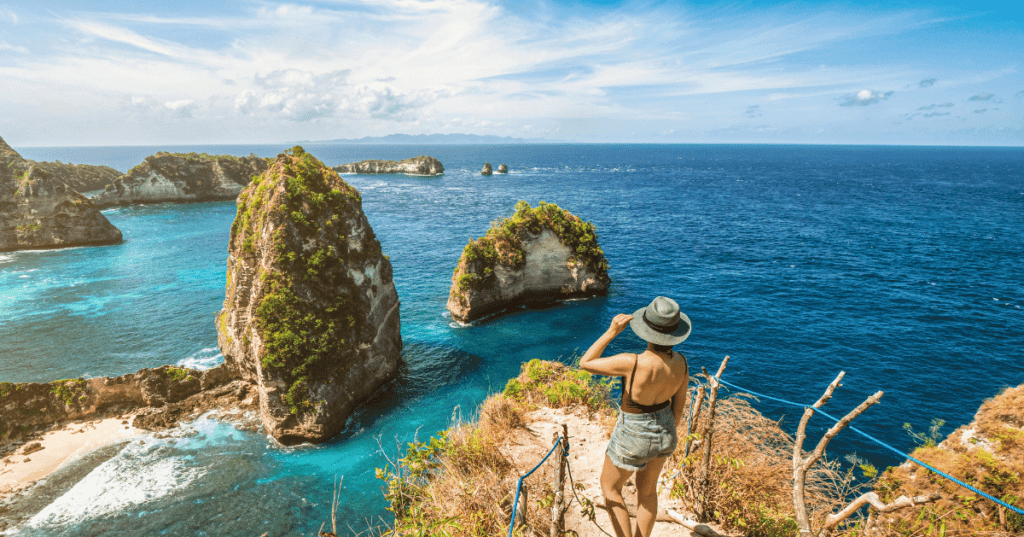Planning a visit to Yogyakarta? It is an underrated but fantastic spot in Java, Indonesia. Yogyakarta is locally known as “Jogja”. Yogyakarta has so much to explore. It is a bit mix of ancient history, buzzing streets, and cool art. If you are in Java, Indonesia, add this amazing place to your bucket list.
The main question that most people ask is, “How many days to spend in Yogyakarta (Jogja)?” I would say four days are just perfect if you want to explore this beautiful place. It is enough time to see the famous temples, explore the city, and get the feel of this unique place.
In this guide, I will tell you how you can plan your 4-day Itinerary for Yogyakarta. what makes Jogja special and how to make the most of your four-day trip. So, let’s begin this journey and see what Jogja has in store for us!
How Many Days for Yogyakarta?
When planning my trip to Yogyakarta, I also researched and wondered, “Is a couple of days enough?” But trust me, Jogja isn’t a place you just tick off your list. After soaking in its charm, I realized four days are perfect to get under the skin of this vibrant city.
On day one, I hit Borobudur at sunrise. Borobudur temple is a unique ancient place that is very sacred and has a remarkable structure. Then there’s Prambanan, where myths feel alive in the stones. These places need time, more than a rushed hour or two.
Malioboro Street is a whirlwind of colors and sounds but in the quiet alleys. I spent my second day just wandering, tasting street food, and finding those off-the-beaten-path spots that guidebooks need to tell you about.
On day three, I explored art galleries and saw traditional crafts right before my eyes. This city’s creativity is contagious everywhere, from street murals to little craft shops.
Finally, I spent my last day here just soaking in the city’s vibe. Leisurely coffee breaks, casual chats with locals, and just watching life unfold relaxedly.
4 days Itinerary for Yogyakarta

Day 1 – Borobudur Temple Sunrise and Prambanan
Start your first day in Yogyakarta at Borobudur Temple. The temple was built in the 9th century. Borobudur Temple unfolds the Buddhist cosmology through its three levels: Kamadhatu (the world of desire), Rupadhatu (the world of forms), and Arupadhatu (the world of formlessness).

As you move from the base to the top, the intricate relief panels and Buddha statues guide you through a spiritual narrative.
Arrive early to avoid the crowds and fully experience the serene atmosphere (the site opens at 6 am). You can capture the breathtaking moment when the sun rises over the temple, creating a mystical experience.
Remember to dress appropriately and comfortably for the visit, and bring water to stay hydrated as you explore.
After Borobudur, head to Prambanan Temple. It is a magnificent Hindu temple complex, which is a stark contrast to Borobudur’s Buddhist influence. This UNESCO World Heritage site was built in the 10th century. The Prambanan Temple is dedicated to the Trimurti: Shiva, Vishnu, and Brahma.
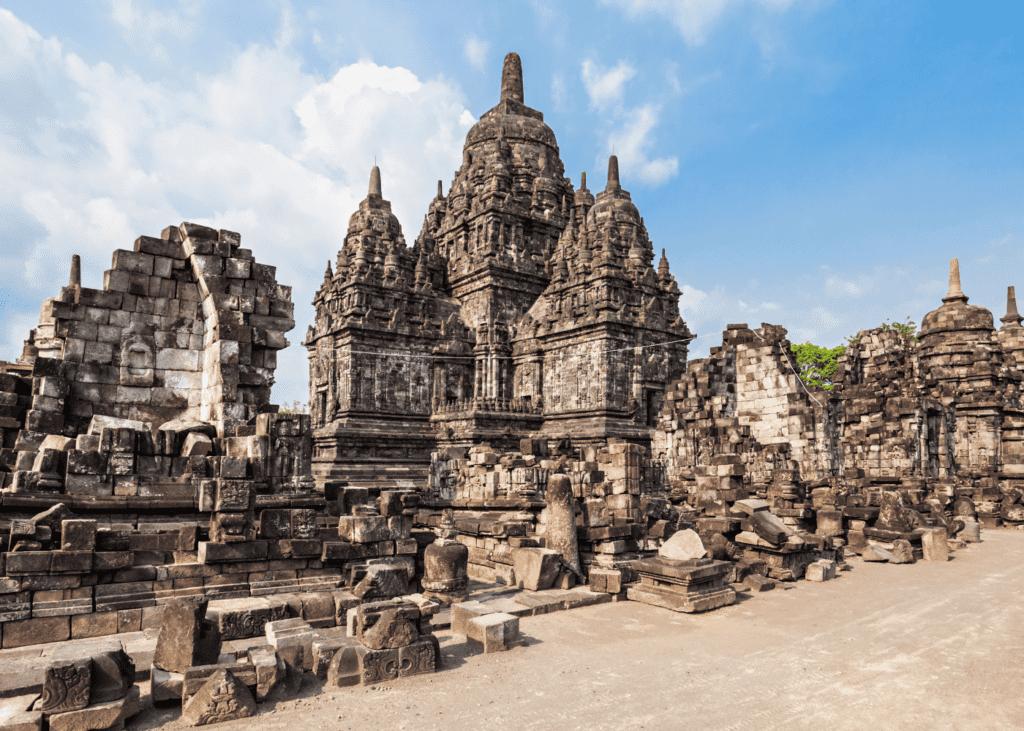
The Prambanan temple complex has tall, pointed architecture and beautiful carvings and statues. Spend the afternoon exploring the grounds and soaking in the rich history and artistry of the temples.
Tips for the Day
- Arrive early for sunrise at Borobudur.
- Dress respectfully (cover shoulders and knees).
- Wear Comfortable shoes for climbing the temple steps.
- Bring a light jacket or sweater as it can be cool in the morning.
- Hire a local guide If you want to know more about the temple’s history and symbolism.
- If you have time, experience the beautiful sunset at Prambanan.
How to Get There?
Borobudur is about a 90-minute drive from Yogyakarta. Public transport options are available, but for convenience, consider booking a guided tour, which often includes transport to both Borobudur and Prambanan.
Entrance Fees:
Borobudur: $25 USD for adults.
Combined ticket for Borobudur and Prambanan: $40 USD.
Day 2 – Travel to Kalibiru National Park
On your second day in Yogyakarta, head to Kalibiru National Park, a haven of natural beauty and tranquility. Located in Kulon Progo, about 40 km from central Yogyakarta, Kalibiru offers breathtaking views from the Menoreh Hills and Sermo Reservoir.
The journey to this park is a refreshing escape from the city’s hustle and bustle, taking you closer to the heart of Javanese village life.
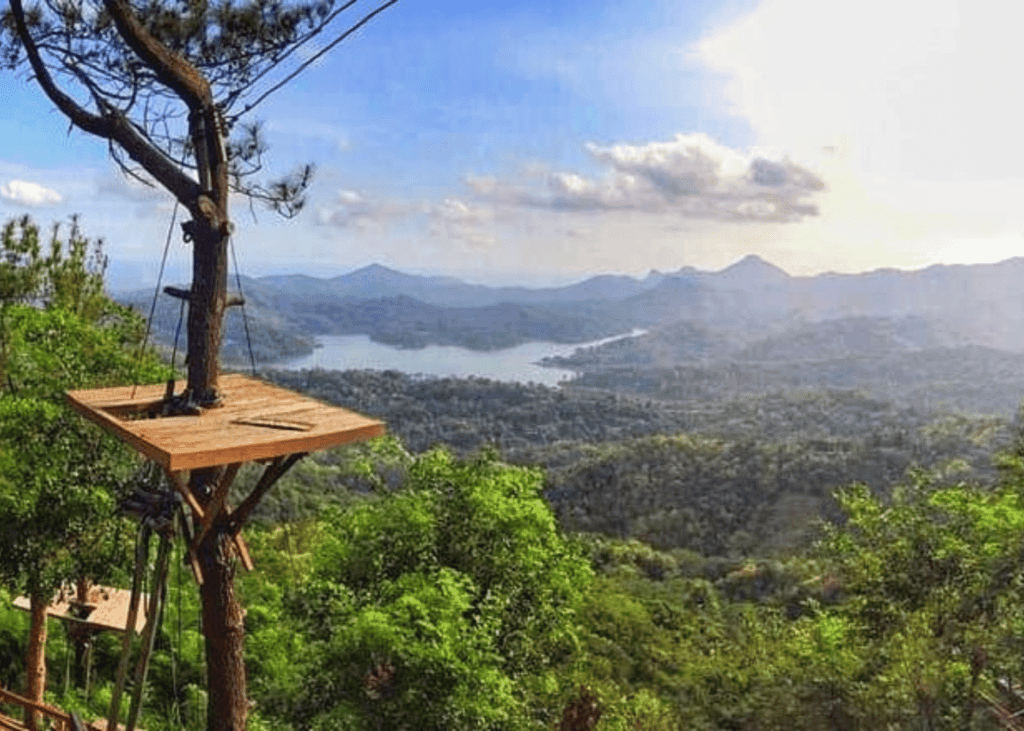
Start your visit with an exhilarating climb to the treetop platforms and suspension bridges. This spot provides a panoramic view of the lush landscape and is perfect for those seeking adrenaline and beauty. For a more soothing experience, take a leisurely walk through the serene pine forests surrounding the village.
Engage with the local community and discover traditional crafts like batik-making and weaving. Kalibiru is not just about natural beauty but also about experiencing the warmth of local hospitality and savoring authentic Javanese cuisine prepared by villagers.
Tips for Kalibiru National Park
- Arrive in the morning to make the most of your day. The cool morning air is ideal for exploring.
- Wear comfortable clothing and sturdy shoes for walking and exploring the forested areas.
- Bring extra cash for entrance fees, crafts, and food purchases, as card payments might not be widely accepted.
How to Get to Kalibiru National Park?
You can reach Kalibiru by car or motorbike from Yogyakarta. Consider renting a vehicle with a driver for convenience. The entrance fee to Kalibiru is quite affordable, with additional costs for activities like treetop adventures and photo spots.
In the evening, find a perfect spot to witness a stunning sunset. Kalibiru national park is known for its picturesque sunsets that paint the sky in brilliant colors. It’s a moment of peace and reflection, allowing you to appreciate the natural beauty of the area fully.
Day 3 – Spend the day at Timang Beach
On the third day head to Timang Beach, located in the region of Gunung Kidul. It is about a 3-hour drive from Yogyakarta. The journey to Timang Beach is an adventure, with the last part of the road being quite challenging, especially after rain.
It’s advisable to hire a private driver or take a local motorbike taxi for the final stretch to the beach, ensuring a safer and more comfortable trip.

Timang Beach is renowned for its traditional gondola, an adrenaline-pumping ride connecting the shore to the small, rocky Timang Island. This hand-operated gondola is a unique experience, offering breathtaking views over the crashing waves below.
If you find the gondola a bit too adventurous, there’s also a rope bridge to the island. It’s a thrilling walk with stunning views, but it can be challenging if the wind is strong.
Once on Timang Island, you can enjoy the incredible ocean views, take photos, and explore the rocky terrain. It’s a perfect spot to appreciate the raw beauty of the Indonesian coastline.
After your adventurous activities, treat yourself to a delicious meal at one of the local restaurants. Timang Beach is famous for its fresh and tasty lobster, a must-try when you’re in the area.
Tips for Timang Beach
- Rent a car with a driver for the day. This is often more convenient and safer than navigating the challenging roads yourself.
- The gondola and rope bridge might be intimidating for some. Always assess the conditions and decide based on your comfort level.
- Don’t forget your camera to capture the stunning views and your adventurous crossing to the island.
- Timang Beach offers a mix of adrenaline, delicious food, and spectacular views, making it an ideal day trip from Yogyakarta.
Day 4 – Take a jeep tour around Merapi Volcano
On your fourth day, experience the thrill of Merapi Volcano with a Lava Tour. Mount Merapi, an active volcano, is a significant natural landmark near Yogyakarta.
The tour typically starts at a base camp in Kaliadem, reachable by a 45-60 minute car journey from Yogyakarta. It’s recommended to rent a car as public transport options are limited.

The tour offers a unique opportunity to explore the aftermath of volcanic eruptions and understand the resilience of nature and local communities.
Enjoy the off-road jeep adventure through rocky paths and witness the stunning landscape shaped by volcanic activity. The journey includes visiting key sites that showcase the impacts of the last eruption.
Then visit the Mini Museum ‘Sisa Hartaku’. The museum displays remnants from the last eruption, providing insight into the devastation and the resilience of the local people.
Visit the bunker where two volunteers tragically lost their lives during an eruption. This spot underlines the volcano’s might and the risks associated with living in its shadow.
Discover the intriguing ‘Alien Stone’, known for its unique shape that resembles a human face from different angles.
If you’re up for more adventure, consider trekking up the Merapi. The hike is a challenging yet rewarding experience, offering breathtaking views and a closer look at the volcanic landscape.
Tips for Merapi
- Always prioritize safety and stay informed about the current volcanic activity.
Wear sturdy shoes and carry a jacket for the cooler mountain air. A mask is also useful to avoid dust during the jeep ride. - Also, consider bringing water, snacks, and a camera for capturing the scenic views.
After a day full of adventure and exploration, spend your evening relaxing and reflecting on the experiences of the past four days. Yogyakarta has a variety of dining options where you can enjoy a peaceful meal and reminisce about your adventures in and around the city.
What to Wear in Yogyakarta?
When packing for Yogyakarta, it’s important to consider both the climate and cultural norms. Here are some tips to help you choose the right attire:
- It’s warm here, so pack light and airy clothes like T-shirts and shorts.
- You’ll walk a lot, especially in temples and markets. Bring sneakers or comfortable sandals.
- Wear clothes that cover your shoulders and knees in temples. A long skirt or pants work well.
- Wear Scarf or Shawl for covering your shoulders when needed.
- Keep the sun off with a hat and some shades.
- Apply Sunscreen regularly when you’re outside.
- Evenings can get a bit cooler, so a light jacket or sweater is good to have.
- Bring Umbrella or Raincoat, Sometimes it rains, so it’s smart to bring something for the rain.
- If you want to go for a swim, Don’t forget your swimsuit for the beach or pool.
- Yogyakarta is culturally rich. Dress modestly to respect local customs.
Final Thoughts on Yogyakarta
So, there you have it. I’ve shared my essential tips for making the most of your four-day adventure in Yogyakarta. I hope you find this guide useful in planning your trip.
Yogyakarta is a remarkable place, blending culture, history, and natural wonders, all within reach. You can experience the magic of this city without breaking the bank. From witnessing sunrises at ancient temples to enjoying the thrill of a gondola ride, Yogyakarta offers diverse experiences for all types of travelers.
FAQs Related to Yogyakarta
What is the Best Time to Visit Yogyakarta?
The best time is during the dry season from April to October. You’ll enjoy sunny days, perfect for outdoor activities.
Is Yogyakarta Safe for Tourists?
Yogyakarta is known to be quite safe for tourists. However, always take standard safety precautions, like watching your belongings.
Can I Drink Tap Water in Yogyakarta?
It’s better to drink bottled water. Avoid tap water to prevent any stomach issues.
What Should I See in Yogyakarta?
Don’t miss Borobudur and Prambanan temples, explore Malioboro Street, and visit the Sultan’s Palace. Nature lovers should see Merapi Volcano and the beaches south of the city.
What Local Food Should I Try?
Definitely try Gudeg (jackfruit stew), Sate (skewered and grilled meats), and Bakpia (sweet bean-filled pastries). Also, experience the local street food for authentic flavors.
Can I Use My Cell Phone in Yogyakarta?
Buying a local SIM card for internet access is easy. Most cafes and hotels also offer Wi-Fi.
What Should I Do in Case of Emergency?
Keep the contact details of your country’s embassy and local emergency services handy. Most hotels can assist in medical emergencies.


